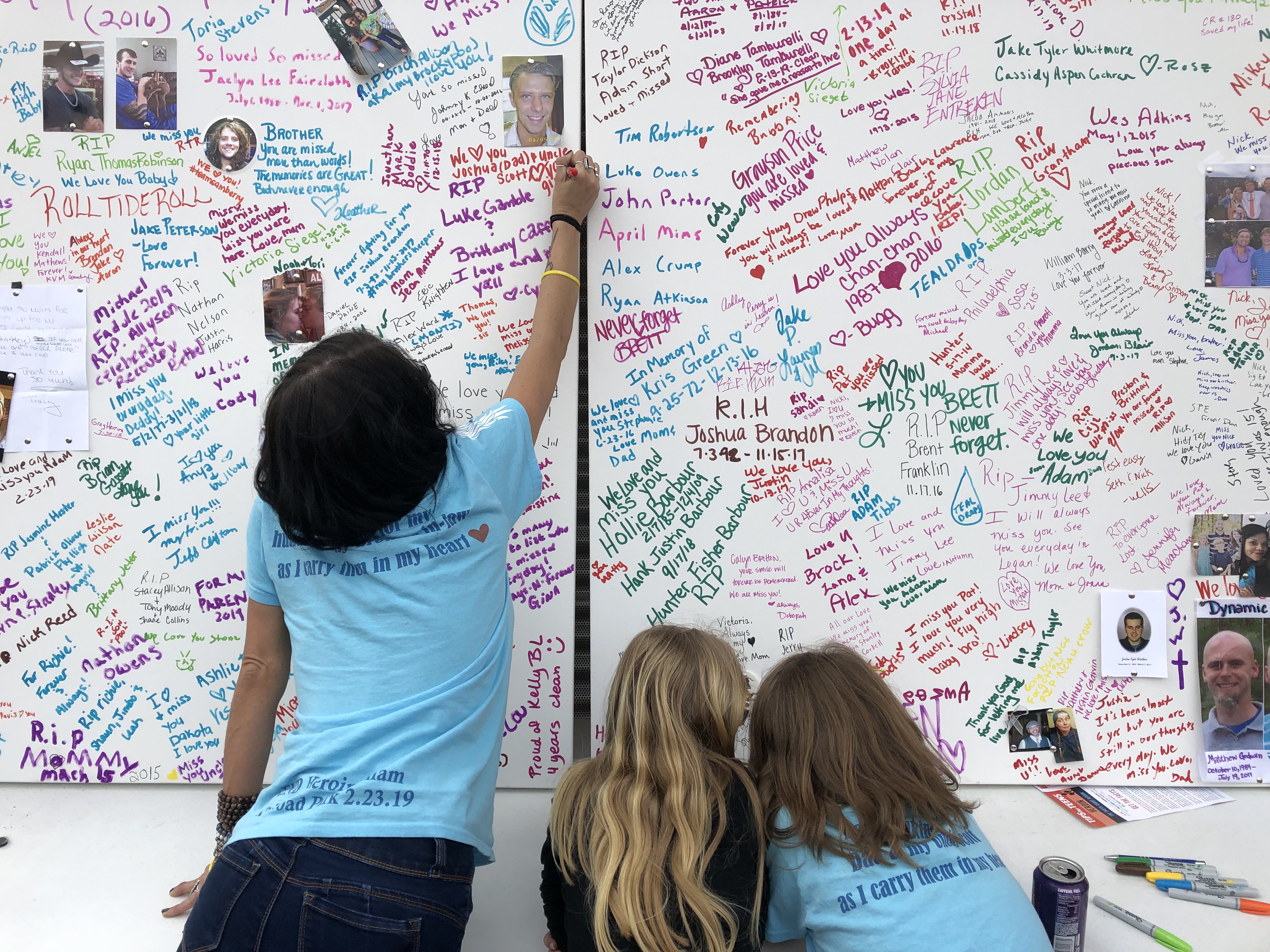Listen to the 7-minute podcast version
Watch a 1-minute summary video
Since founding a nonprofit ministry focused on helping people improve their lives and prevent issues such as addiction, the reasons for doing what I now do have been profoundly validated. Over and over and over, both factually and through the real-life stories I hear.
STEPS Ministries has reached thousands of people with social media, articles, and radio. I’ve talked with thousands more through events, the blog, and other communications. I’ve met with hundreds one-on-one about addiction and the life-changing promise of prevention.
Both I and other family members struggled with substance abuse which led me to spend thousands of hours studying and teaching about the prevention of harmful issues including addiction. After all that time and effort, the things that stick with me the most are:
- The addiction problem is deep (people are hurting and dying) and broad (many millions are affected).
- Prevention and recovery are not only possible, but probable, by taking the right approach one step at a time.
- The tragedy is most people are not aware or don’t know how to help, and we’re not doing enough on prevention.
These declarations have been validated in two powerful ways: the facts and the stories.
The Depth of the Problem: The “Broken-Hearted”
The Facts
38,000 people per year (100 a day) die of drug overdose in the United States.
That’s more than motor vehicle accidents, homicides, and suicides.
An additional 80,000 (220 a day) die from alcohol-related issues.
Fentanyl is the leading cause of death for people ages 18 to 45.
The Stories
- While celebrating his 17th birthday over a few beers with friends, Trevor didn’t pause to think about the consequences of taking a pill he was offered. “Why not, it will be fun!” But the pill also contained deadly fentanyl, and Trevor’s first pill became the last thing he ever did.
- Parents who lost a son or daughter to drugs who feel a heartbreak beyond understanding, one they will carry with them forever.
- People who have seen friends, siblings, parents, or other family members die way too soon, and who continue to wonder if it could have somehow been prevented.
- Events I’ve participated in such as the End Heroin Bham Walk and the Walker County Overdose Awareness Walk with multitudes of people grieving—and honoring—someone they cared deeply about who was stricken with addiction.
The Breadth of the Problem: The “Fearful”
The Facts
40 million Americans age 12 and over meet clinical criteria for addiction.
That’s more than heart disease, diabetes, cancer, and other diseases.
80 million people are risky users both for themselves and others.
Almost one half of families today deal with substance abuse.
The Stories
- Rebecca’s parents never worried about addiction: “That can’t happen in our family.” When Rebecca was 15, things began to change. After two years of growing problems, they came to STEPS for counseling saying, “We didn’t know how bad it had gotten with our daughter.”
- Parents who are scared to death as they struggle to know how to deal with the teenager they are now so deeply worried about.
- Fearful spouses with no idea what to do with their husband or wife who isn’t the same person anymore, so they live in fear and sadness.
- Virtually everyone, because most people are fearful about some family member, friend, or coworker, and they wonder and worry if there is something they could do to help.
Addiction is Preventable and Treatable: The “Victorious”
The Facts
Tens of millions of Americans have overcome alcohol, drugs, or smoking.
Only 14% of people aged 55-to-59 abuse drugs versus those 18-to-25.
Relapse rates are similar as diabetes, asthma, and blood pressure.
There are many evidence-based studies proving prevention works.
The Stories
- Perhaps my favorite story is one I’ve heard hundreds of times, and it has been a joyful and motivating conversation each time: “Life is so much better now that I’m in recovery, and I’m happier than I’ve ever been. Why don’t we teach these things to everybody?”
- Ex-heroin addicts who are some of the happiest and most caring people I ever met.
- Former alcoholics who are delighted to be in recovery and are incredibly humble and grateful for the blessings life brings them each day.
- Hundreds of transformed people I’ve met living life better than they ever thought was possible before.
More Prevention is Desperately Needed: The “Unaware”
The Facts
90% of the people struggling with addiction won’t get help.
9 out of 10 people with addiction started using before age 18.
More than 75% of people with addictions are employed full-time.
One half of adolescents has a mental health disorder at some point.
The Stories
- There is a story I’ve heard dozens of times in slightly different versions. It goes something like: “At first, it made me feel the way I wanted to feel, but after a while I found I couldn’t stop. I wish someone had told me earlier what it took me years of pain to figure out.”
- Business people and pastors who haven’t considered that many of the people they are charged to look after might have an addiction problem they could do something about.
- Parents naively confident and proud that addiction could never happen in their family.
- Many people in denial of their addiction because their lives have not come apart—yet.
The Facts and the Stories Must Lead to Action
On such an important issue, it’s worth repeating the critical points, so I’ll close where I started:
- The addiction problem is deep (people are hurting and dying) and broad (many millions are affected).
- Prevention and recovery are not only possible, but probable, by taking the right approach one step at a time.
- The tragedy is most people are not aware or don’t know how to help, and we’re not doing enough on prevention.
The facts and the stories tell us a lot about the tragedy of addiction and the breakthrough opportunity with prevention. And they lead us to some key questions, such as: “When is all this going to change?” And most importantly: “What are we going to do about it?”
Question: Which of the facts and the stories above are most compelling to you?
Action: STEPS provides practical resources for hurting people to find help, healing, and hope. If you want to serve others by volunteering a small amount of time each month to provide feedback on our content, email me at stevecward@lifeimprovementsteps.com.
If you want to support our ministry and help hurting people, click here go to the STEPS Donate page.



